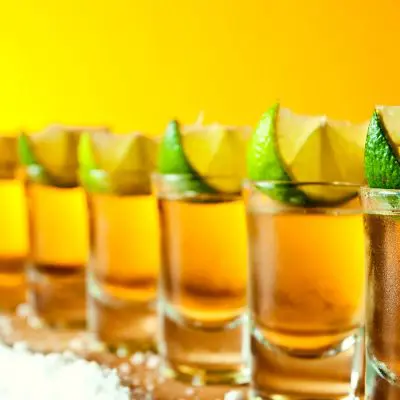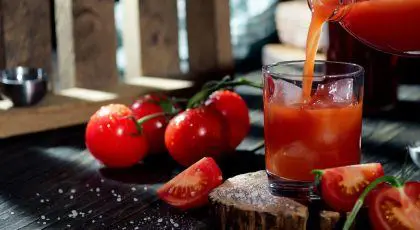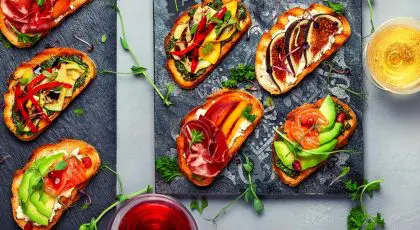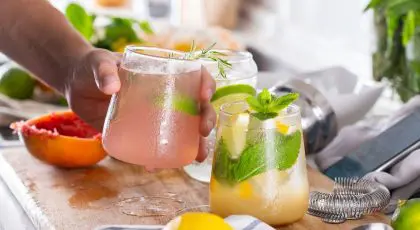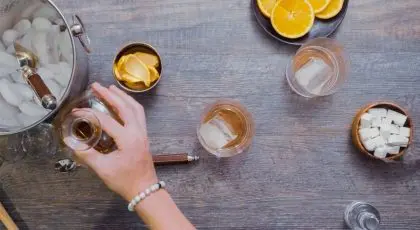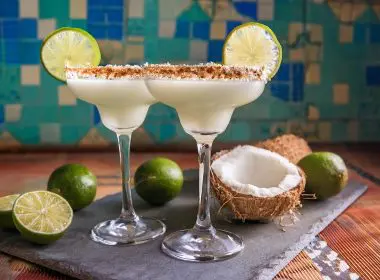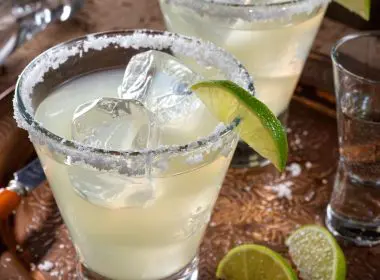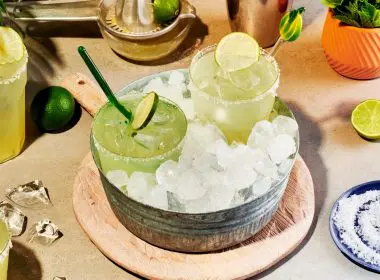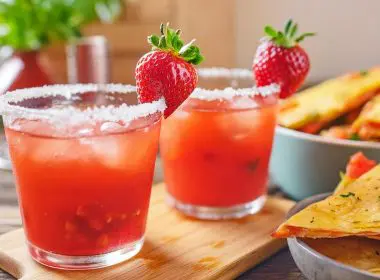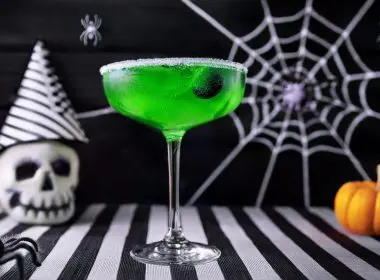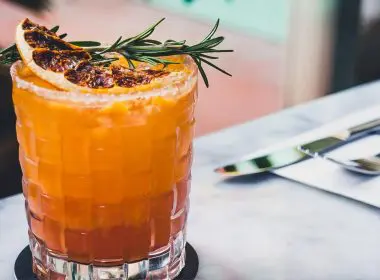Tequila Types Explained: Blanco, Reposado, Añejo & More
Jump to:
Understanding the different types of tequila isn’t just for seasoned sippers; knowing what’s in your glass makes every sip that much better. Tequila has been around for centuries, dating back to the Aztecs, but not all tequila is made the same. The ageing process plays a big role in shaping its flavour, which is why the Tequila Regulatory Council (CRT) classifies it into five distinct styles: blanco, joven, reposado, añejo, and extra añejo. Each has its own story to tell. Shall we take a closer look?
The tequila-making process
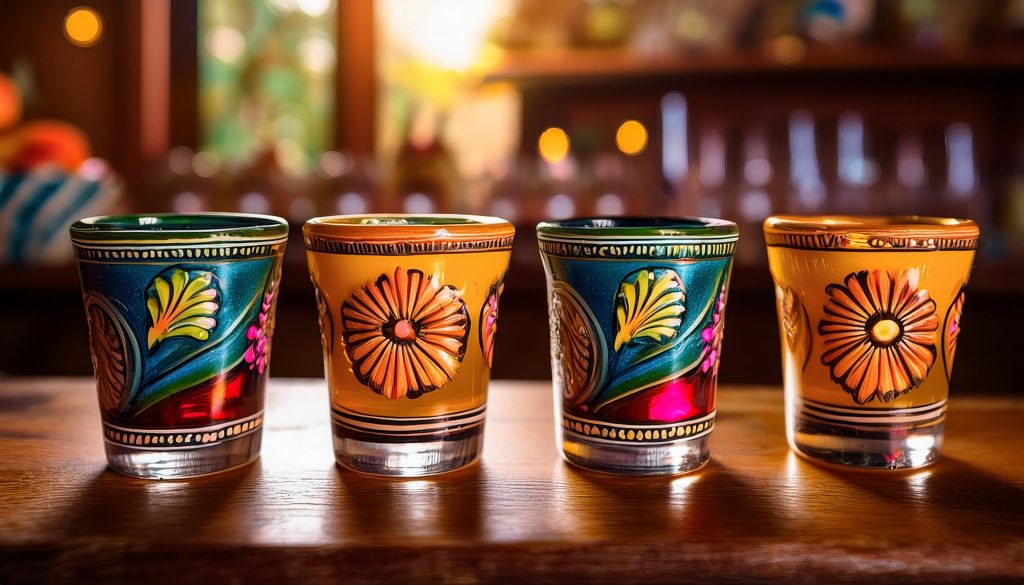
Every bottle of tequila starts with the blue Weber agave plant, a spiky beauty that takes anywhere from five to ten years to reach its prime. When the time is right, skilled jimadores harvest the plant, stripping away the leaves to reveal the heart, or piña. These piñas are then cooked to unlock their natural sugars before being crushed to extract the sweet juice. From there, fermentation and double distillation work their magic, transforming it into the tequila we know and love.
100% agave vs. mixto tequila
Not all kinds of tequila are created equal. There are two main types: 100% agave and mixto. The good stuff—100% agave—is made using only the sugars from blue Weber agave, delivering a bold, pure flavour. Mixto, on the other hand, is at least 51% agave, with the rest coming from other sugar sources like cane or corn. This makes for a lighter, less complex sip that’s often used in budget-friendly bottles.
Learn more: The Best Tequilas for Sipping (Smooth, Flavorful & Worth Savouring)
Production regions and regulations
Tequila isn’t just made anywhere—strict rules keep it rooted in Mexico. True tequila can only come from Jalisco and a few select municipalities in Guanajuato, Michoacán, Nayarit, and Tamaulipas. From planting to bottling, everything has to happen within these regions to earn the official tequila stamp of approval. These regulations aren’t just red tape; they protect the heritage and craftsmanship behind every drop.
What are the main 5 types of tequila?
According to the Tequila Regulatory Council (CRT), there are five different kinds of tequila. This includes blanco, joven, reposado, añejo, and extra añejo.
1. Blanco tequila (silver)
Blanco tequila is a type of tequila that has not been aged in oak barrels and is bottled immediately after distillation. It is known for its clear colour and strong, pure taste of blue agave. As the most commonly used tequila in Mexico, blanco tequila is often enjoyed neat or mixed into popular cocktails such as Margaritas or Palomas. Due to its lack of ageing, blanco tequila is considered by many to be the purest expression of the agave flavour in tequila.
2. Joven tequila (gold)
Joven tequila, also referred to as gold or young tequila, is a blend of unaged blanco tequila and aged reposado or añejo tequila. The unique blending process gives joven tequila a distinct flavour profile, often described as having the smoothness of aged tequila and the freshness of blanco tequila.
The golden colour of joven tequila is achieved by adding caramel or other colourings to the blend. Joven tequila is a popular choice for cocktails and is often less expensive than aged tequilas due to the blending process.
3. Reposado tequila (aged)
Reposado tequila is a type of tequila that has been aged in oak barrels for at least two months, but no longer than a year. This ageing process gives it a slightly golden hue and a smooth, mellow flavour with notes of vanilla and caramel, while still retaining the unique taste of agave. The name “reposado” translates to “rested” in English, which refers to the time the tequila spends resting in oak barrels.
Reposado tequila is a popular choice to enjoy neat or on the rocks, but it can also be used as a base for cocktails. This type of tequila is often considered a mid-range option. The taste is deeper than a blanco tequila, but not as intense as añejo, which is ages for longer.
4. Añejo tequila (extra-aged)
Añejo tequila is aged in oak barrels for anything between one to three years. This extended ageing process gives it a rich, amber colour and an interesting flavour profile that combines the taste of the agave plant with notes of vanilla, caramel, and spice. For instance, Espolòn Añejo is aged at least 11 months in American oak barrels, and then poured over into barrels that used to house Wild Turkey Bourbon. This creates a multifaceted spirit with an exceptionally unique taste.
The name “añejo” is derived from the Spanish word for “aged,” which refers to the time the tequila matures for in oak barrels. This type of tequila comes at a higher price point than its blanco and reposado counterparts due to the long aging process and the resulting depth of flavour. Its rich amber hue and smooth taste make it a popular choice among tequila enthusiasts who appreciate the nuances of aged spirits.
5. Extra añejo tequila (ultra-aged)
Extra añejo tequila is a premium type of tequila that has been aged in oak barrels for a minimum of three years but can be aged for up to several decades. This lengthy ageing process imparts a dark mahogany colour to the tequila, along with a rich and intricate flavour profile that combines the unique taste of the agave plant with notes of chocolate, tobacco, and dried fruit. The name “extra añejo” means “extra aged” in Spanish, reflecting the extended ageing process.
Extra añejo tequila is widely regarded as the highest quality and most expensive type of tequila, due to the extensive ageing process that allows for the development of rich and intricate flavours. This premium tequila is often sipped and savoured neat, as its depth of flavour and smoothness positions it a sipping tequila that is best appreciated on its own.
What Is Cristalino Tequila? Why Espolòn Is Perfect for the Holidays
What’s the difference between tequila and mezcal?
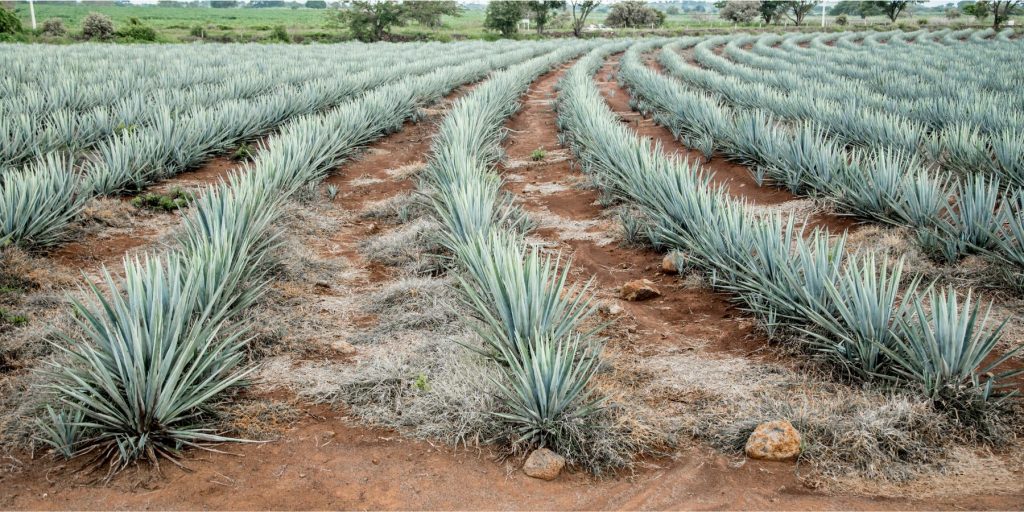
Tequila and mezcal are both distilled spirits made from the agave plant, but there are several key differences. Tequila can only be made from blue agave and must be produced in certain regions of Mexico, while mezcal can be made from a variety of agave plants and can be produced in different regions.
Mezcal is typically made using a traditional production method that involves roasting the agave plants in underground pits, giving it a smokier flavour than tequila. Tequila is typically made using a modern production method that involves steaming the agave plants in industrial ovens. As such, mezcal is often considered to be a more artisanal, small-batch product, while tequila is more regularly available.
Learn more here: What’s the Difference Between Mezcal and Tequila?
Choosing the right tequila for cocktails
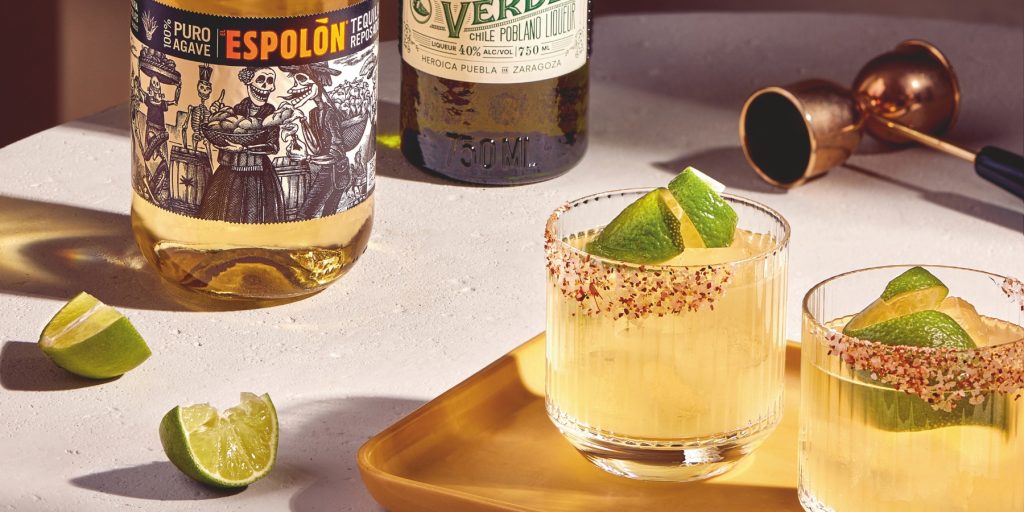
Picking the right tequila for your cocktail isn’t just about price; it’s about balance. Blanco tequila is the top choice for citrus-forward drinks like Margaritas and Palomas. Its bright, unaged profile lets fresh lime and grapefruit take centre stage while still delivering that signature agave kick. It also works well in highballs like Ranch Water, where its crisp character shines.
Reposado tequila introduces mellow vanilla and caramel notes from its time in oak barrels, making it a great match for drinks that need a little more depth. It’s the secret to a silky-smooth Tequila Sour and adds a richer backbone to a Bloody Maria.
Añejo tequila, with its bold, aged complexity, is best reserved for sipping or spirit-forward cocktails. It’s excellent in a Mexican Martini, where its nuanced flavours hold their own against vermouth and orange liqueur. If you’re swapping it into a classic cocktail, treat it like a fine whisky; it’s best in cases where the tequila can take the lead.
Also see: 8 Must-Try Añejo Tequila Cocktails
10 Popular tequila cocktail recipes
Now that you know your añejos from your extra añejos, it’s time to put all this new-found knowledge to good use. Time to get mixing and shaking, friends. Here are 10 tequila cocktails that are tailor-made for a fiesta.
1. Lime Margarita
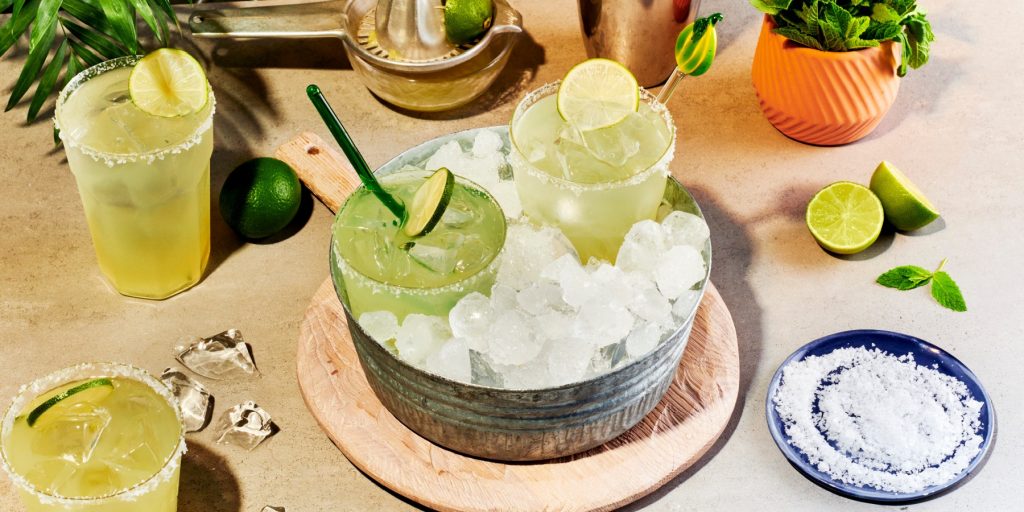
The classic Lime Margarita features the perfect balance of sweet and sour flavours, with fresh lime juice, tequila, and a touch of sweetness from simple syrup. Garnished with a salt rim, this drink is perfect for sipping on a warm day or enjoying with friends at happy hour. One sip and you’ll be transported to a seaside paradise.
Best Tequila for Margaritas: Our Top Picks for the Ultimate Cocktail
2. Paloma
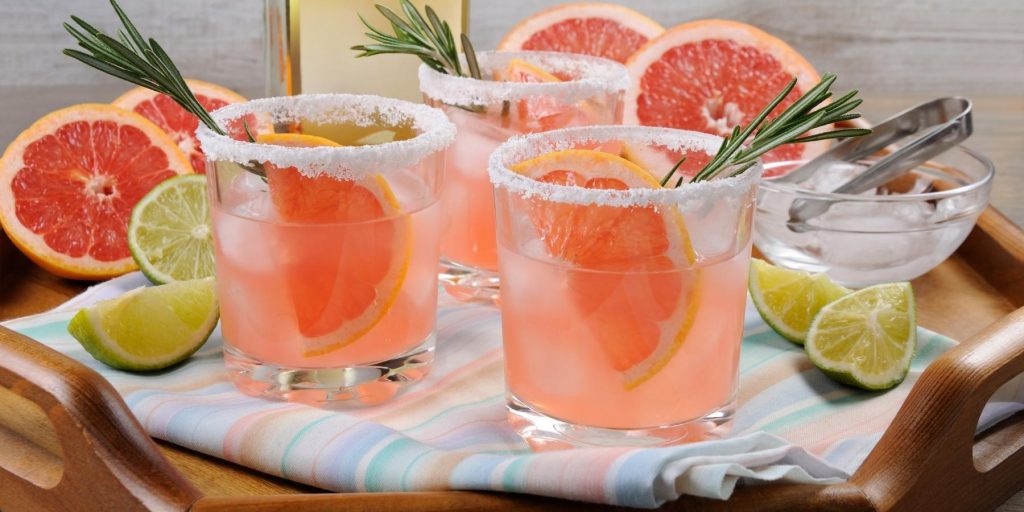
If you’re looking for a bright and bubbly cocktail, the Paloma is a perfect choice. Made with tequila, fresh grapefruit and lime juice, agave syrup and soda water, this drink is a delightful twist on the classic margarita. Garnished with a wedge of grapefruit, the Paloma has a sweet and sour flavour that is gorgeously tangy.
3. Tequila Sunrise
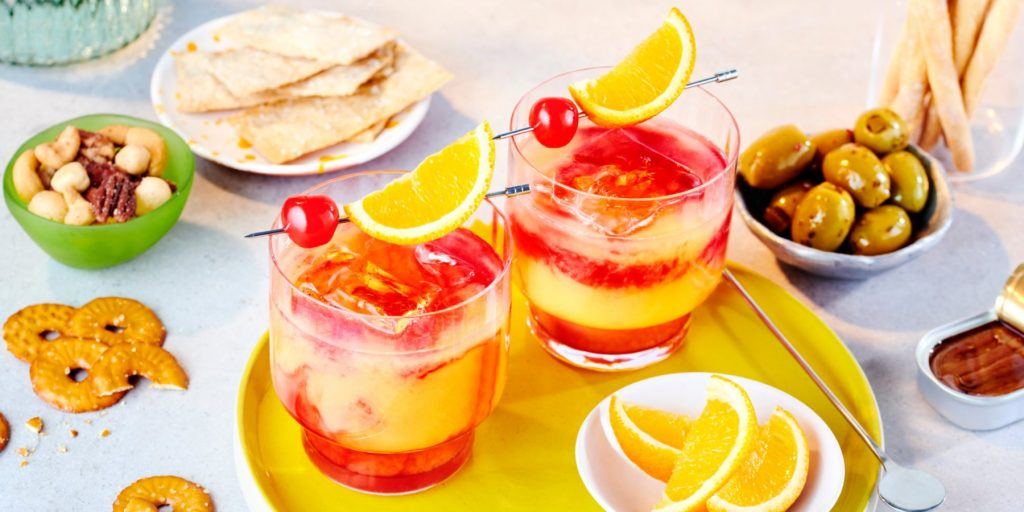
Experience the perfect blend of sweet and tangy in the classic Tequila Sunrise cocktail. With its vibrant layers of tequila, orange juice, and grenadine, this pretty drink is sure to brighten up any occasion. Garnished with a slice of orange, it’s the perfect drink for warmer months.
4. Bloody Maria
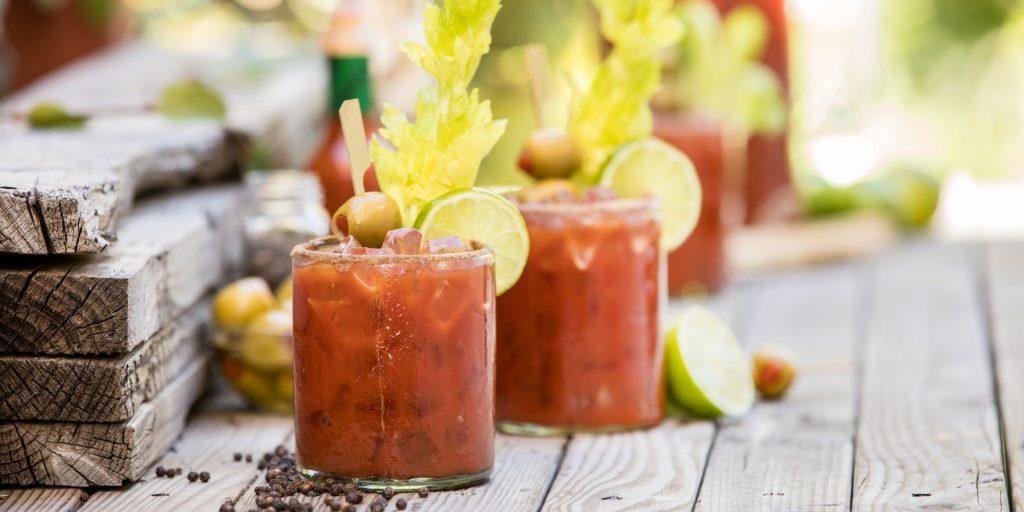
A spicy twist on the classic Bloody Mary, the Bloody Maria features tequila as the star ingredient instead of vodka. This drink packs a punch with its savoury tomato juice, fiery hot sauce, and zesty lime juice. Garnished with a celery stalk and lime wedge, it is perfect for brunch or any time you need a little pick-me-up.
Happy, happy! The Ultimate Guide to Gifts for Tequila Lovers
5. Tequila Sour
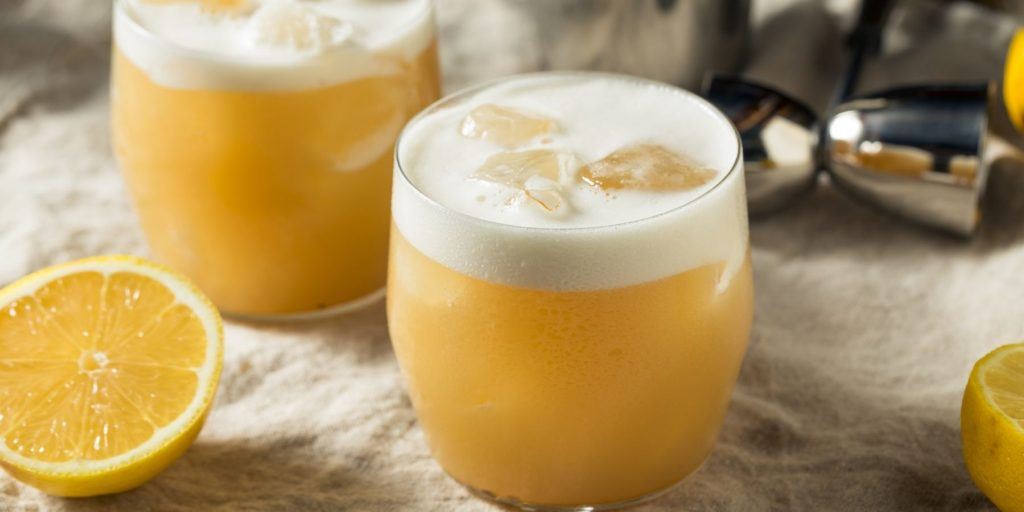
Get ready to pucker up with the Tequila Sour cocktail! Made with tequila, fresh lemon juice, and simple syrup, this drink is as easy to make as it is to enjoy. Garnished with a lemon wedge, the Tequila Sour is a citrusy drink that is perfect for sipping on a warm day.
6. Texas Ranch Water
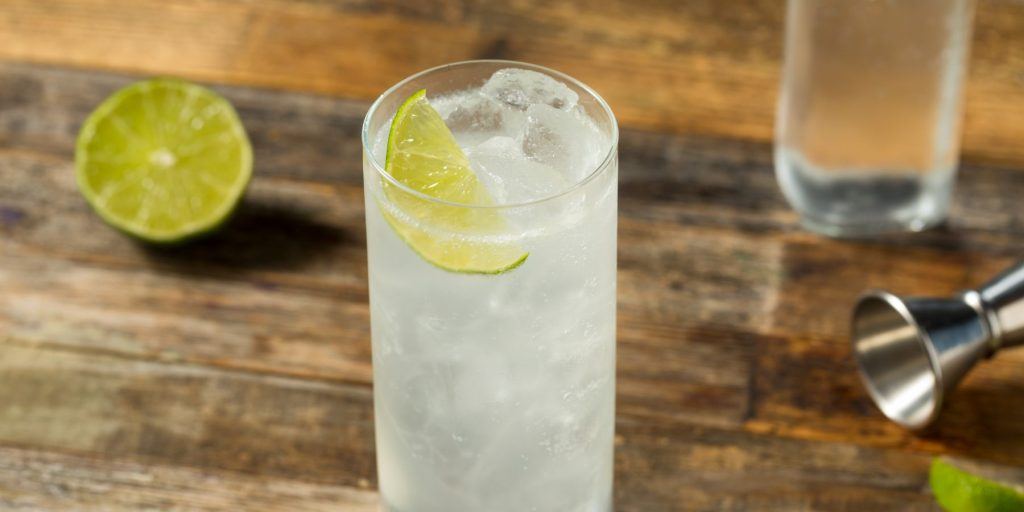
Made with tequila, sparkling water, and fresh lime juice, the iconic Texas Ranch Water cocktail is a thirst-quenching twist on a classic tequila cocktail. Serve it over ice with a lime wedge and indulge in an effervescent drink that always hits the spot.
Read next: The Ultimate Guide to Delicious Reposado Tequila Cocktails
7. Mexican Candy Shot
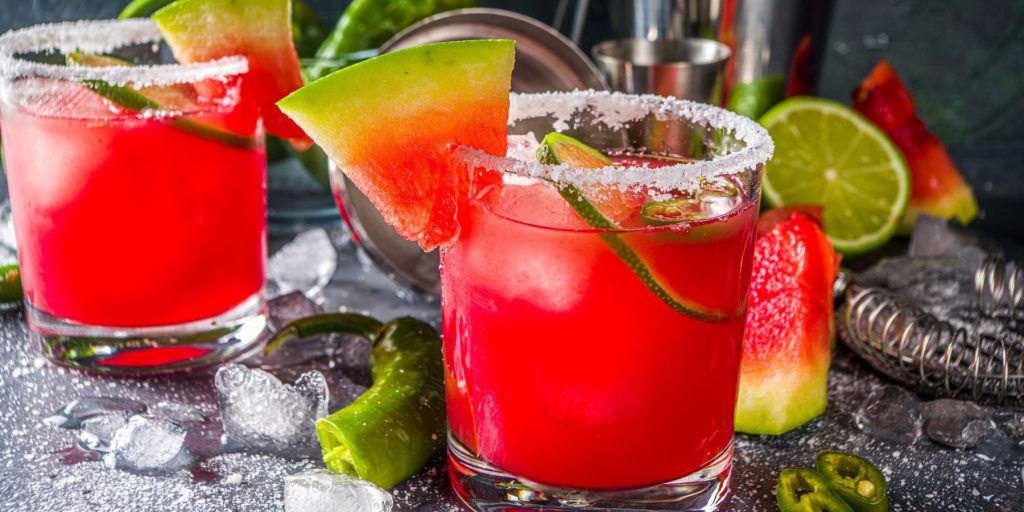
This tempting cocktail is inspired by a hard Mexican candy that’s watermelon flavoured and dusted in chilli. It’s a sweet and spicy shot guaranteed to delight your tastebuds. Made with tequila and vibrant fruity flavours, our Mexican Candy Shot recipe is one of the very best you’ll ever try and sure to get you and your party guests dancing for joy.
8. Mexican Martini
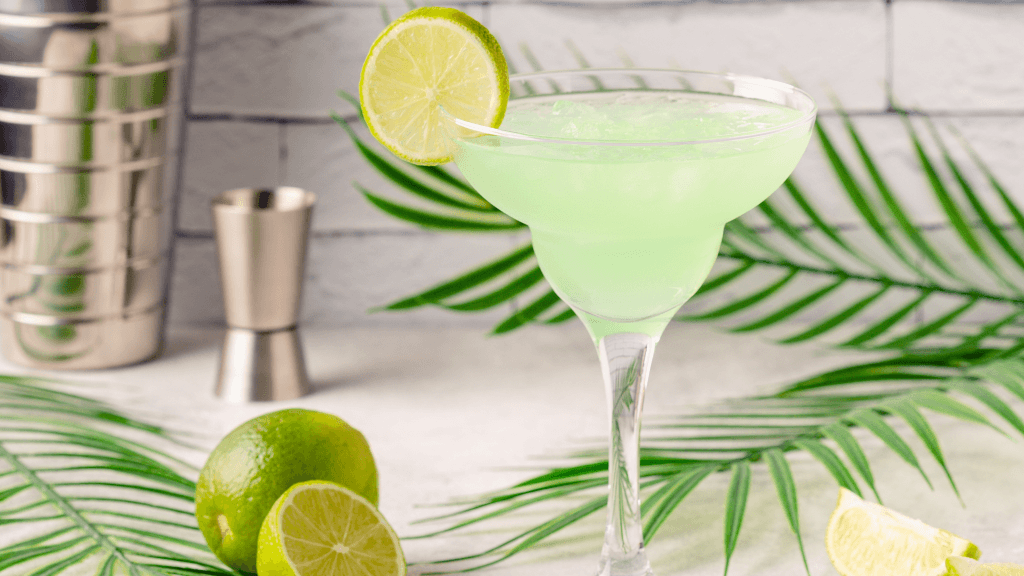
Get ready to indulge in the perfect combination of tangy and savoury with the Mexican Martini cocktail. Made with tequila, Grand Marnier, fresh lime juice, Cinzano Vermouth Bianco, and a splash of olive juice, this drink walks a fine, and rather delicious, line between a Dirty Martini and a classic Margarita. Served with a salt rim and garnished with a green olive, it’s sophisticated and fun all at once.
Also see: 14 Best Tequila Mixers (What to Mix with Tequila)
9. Mexican Hot Chocolate
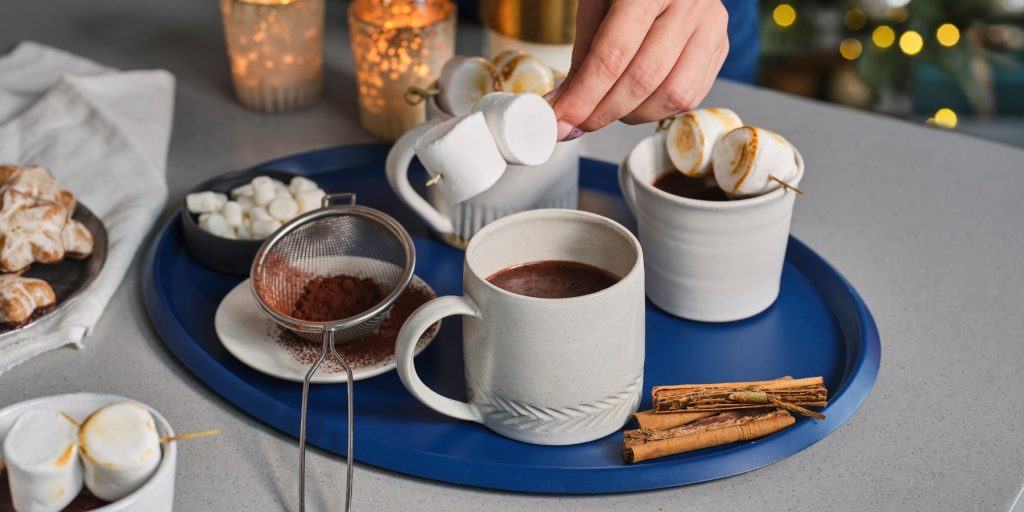
When the weather turns cooler and you’re in the mood for something cosy to wrap your hands around, a Mexican Hot Chocolate is where it’s at. Whip up this warm winter cocktail of intensely rich and warmly spiced tequila hot chocolate that celebrates the warming flavours of cacao, cinnamon and cayenne pepper.
10. Mexican Mule
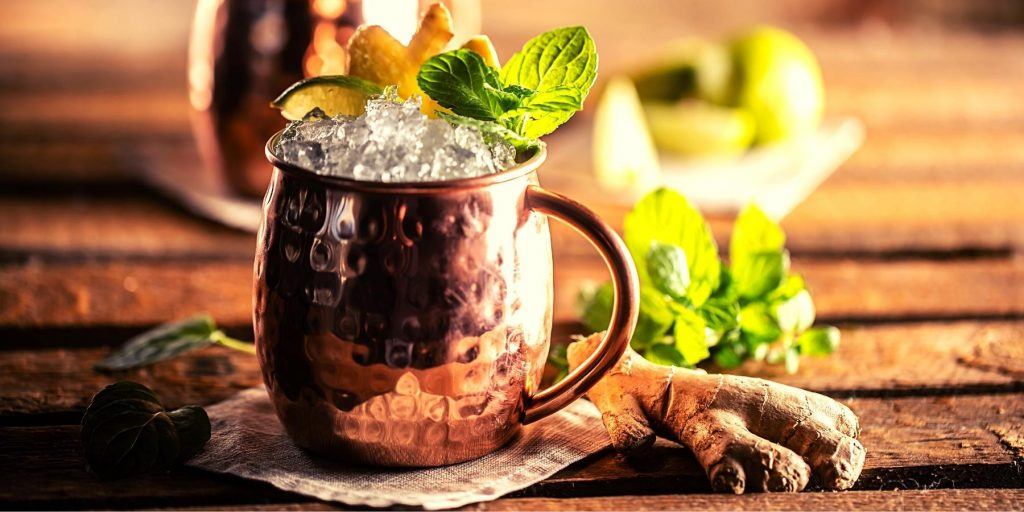
One of the most popular summertime tequila cocktails around the globe is definitely the Mexican Mule which is made with tequila, zesty lime, and bubbly ginger beer. There’s a lot to love about this epic drink, including the fact that it’s a beginner-friendly cocktail that can be poured without any fuss at all.
Insider tips from a tequila fanatic

Tristram Fini, our friend from the Campari Academy UK, has shared a few valuable tips for those who want to gain an even deeper understanding of different tequila expressions:
Tips for tasting and evaluating tequila quality
When evaluating tequila quality, focus on 100% agave varieties. While there are various styles, including industrial tequilas that may use different agave types or non-agave materials, our focus here is solely on those crafted from pure agave.
Brands such as Tequila Espolòn, Mayenda, and Cabo Wabo offer excellent examples of 100% agave tequila. Start with the blanco variety, typically aged for up to two months in vessels such as glass, stainless steel, or oak barrels. Blanco tequilas highlight their pure agave flavour and profile, making them ideal for assessing quality.
Before exploring aged expressions like reposado, Añejo, Extra Añejo, or Cristalino, it’s crucial to understand the nuances present in the blanco.
Go pro: Trending Cocktail Flavors with Espolòn Tequila
Common misconceptions about tequila
One common misconception about tequila is that it must be consumed quickly as a shot, accompanied by lemon or lime, and salt. This stereotype positions tequila as a party drink, overshadowing its potential for proper appreciation and enjoyment.
While some tequilas, particularly those that are not 100% agave, may fit this party-drink image, the past 15 years have seen a shift in how tequila is perceived. Bartenders and establishments dedicated to quality spirits—like Cafe Pacifico, Side Hustle @ The NoMad and Hacha Agaveria in London, and Tommy’s Mexican Cantina in San Francisco—are redefining the narrative.
These venues focus on crafting high-quality cocktails, exploring traditional and unique flavour pairings, and encouraging patrons to savour tequila slowly. Pairing tequila with traditional accompaniments like verdita and sangrita enhances the tasting experience, showcasing its rich flavours in a whole new light.
With so many types of tequila to explore, there’s a whole world of flavour waiting for you. Whether you love the crisp bite of blanco, the smooth complexity of reposado, or the deep richness of añejo, there’s a tequila to match your taste. Look for 100% agave tequila from reputable brands to ensure quality, and don’t be afraid to experiment. Want more insider tips and cocktail inspiration? Sign up for our newsletter and stay in the mix!
